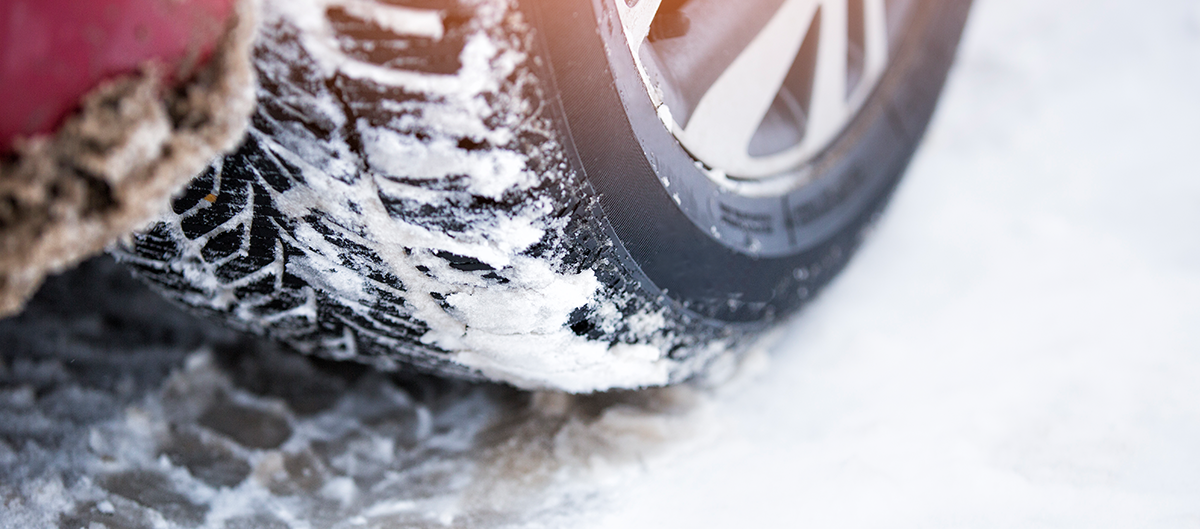Take steps now to prevent winter damage
Winter’s a long way from being over in many parts of the country. If you’ve escaped freezing temperatures up until now, there’s still time to think about ways to prevent winter damage: what steps do you need to take to prepare for freezes, shorter days and winter storms? From slip, trip and fall hazards in the parking lot to potential freeze-ups in plumbing and fire protection systems, now’s the time to assess your property and processes and take winter preparation steps. When putting together your plan to prevent winter damage, be sure to include each of these risk groups:
- Buildings
- Walking surfaces
- Contractors
- Vehicles
- Employees (we’ll address how to protect employees in a subsequent post)
During the winter months more people are injured or killed than other times of the year, statistics show. Nearly three-fourths of those injuries are from vehicle accidents due to ice and snow, according to the National Weather Service. Other causes of deaths and injuries include heart attacks from shoveling snow and frostbite or hypothermia from prolonged exposure to the cold. And then there’s the ubiquitous slips, trips and falls on icy paths and parking lots.
Prepare ahead to prevent winter damage
Buildings. Failures of roofs, windows, doors, heating, electrical and fire protection systems can expose buildings to both freeze damage due to cold intrusion and liquid damage during the ensuing thaw.
Severe drops in temperatures can adversely affect the interior of a building as much as the exterior. Frozen water lines and sprinkler pipes present substantial exposures if a pipe breaks and causes water damage. Additionally, a frozen sprinkler pipe can impair fire protection systems, putting people and overall property at risk.
As freezing temperatures continue, we recommend you undertake these steps now:
- Have qualified personnel or vendors inspect and carry out maintenance procedures on your heating systems
- Inspect your air-handling units to verify that dampers work and fans are controlled by thermostat for automatic shutdown in the event of freezing temperatures
- Check your fire protection system’s air sources, air pressure levels, low point drains, and antifreeze solution in accordance with NFPA 25
- Examine your plumbing’s insulating systems (that coverings are intact) and heat trace systems
- Scrutinize windows and doors – are they in good repair and weather-tight?
- Check building low temperature and sprinkler system air pressure supervisory devices in accordance with NFPA 25 and NFPA 72
Zurich notes that some building spaces seem to have a greater exposure to freezing, such as stairwells, lobby vestibules, elevator penthouses, spaces above ceilings, fire pump rooms and houses and dry pipe valve closets. They suggest installing thermometers to simplify periodic inspections of these areas. For above ceiling spaces, provide remote reading thermometers that allow temperature checks from floor level. You may also want to consider replacing wet-pipe sprinklers with non-freeze type systems in areas that are difficult to heat.
Although you have a well-developed winter hazard control program in place, a weather-related crisis may occur. Your business plan to prevent winter damage should include procedures for immediate medical assistance if needed, and handling incidents and claims, including claims notification, documentation and prompt investigation.
Contracted services. If you hire contractors for snow removal, carefully review their contracts for adequate levels of insurance. Certificates of insurance should be obtained from all contractors for both workers’ compensation and general liability. Make sure that coverage is provided for any property damage or bodily injuries caused by contractor employees or their operations.
During icy temperatures
Buildings. Throughout freezing weather, continue to inspect these systems and areas daily. Ensure that heaters are working properly, air pressures in each dry-pipe or pre-action sprinkler system is adequate, dry-pipe system low point drains that have been opened to remove accumulated moisture is functional, and that both water-filled pipe insulations and heat tracing systems are intact.
Extended idle periods. During long weekends or holidays, your building may be shut down, with no one to notice any adverse conditions developing. Be aware of any forecast cold fronts that will occur during that time and have knowledgeable employees on call to respond promptly, should the need occur.
When extreme cold is predicted, consider increasing building heat to all areas. You may also want to override energy-saving set-back thermostats or building management programs that may automatically reduce building temperatures. Planning and prevention are the most effective means to address potential risks from pipe freeze-ups.
Walking surfaces. Slip and fall accidents increase during winter months, even when temperatures rise slightly during the day. Daily thaw and night freeze cycles create more black ice or slick surfaces, even after winter storms end. Any walking surfaces that were treated with salt or sand will probably need to be treated again. Continue to monitor all entryways for wet floors.
Clearing sidewalks, driveways and parking lots is important, but so is filling potholes and repairing sidewalks. Because it’s difficult to keep all those areas cleared during steady snowfall, those new cracks, holes and uneven surfaces become even more dangerous because they can’t be seen.
Vehicles. Winterizing your company vehicle(s) is crucial, due to the havoc cold weather can wreak on them. Keep gas tanks, oil and fluid levels close to full. Lubricate locks with WD-40. You’ll also want to ensure that emergency supplies are provided in each vehicle and review winter driving safety measures with each driver.
For further support to implement a cold weather plan, contact your insurance agent.
This blogpost first appeared in Arrowhead Tribal’s blog. We’ve updated it and tailored it for our claims clients.
Resources:
Winter hazard control program
Some cold, hard facts on winter risks to property
Management practices – Cold weather freeze-ups

